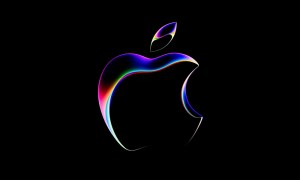
When Apple announced at its Worldwide Developers Conference (WWDC) that it was ditching Intel processors and working on its own Mac chips (dubbed Apple Silicon), the company said it was motivated by a desire to maximize performance while minimizing power consumption. But now another account has emerged to explain Apple’s dramatic switch.
Speaking to PC Gamer, former Intel engineer François Piednoël explained the decision was all about bugs, bugs, and more bugs.
“The quality assurance of Skylake was more than a problem. It was abnormally bad. We were getting way too much citing for little things inside Skylake. Basically, our buddies at Apple became the number one filer of problems in the architecture. And that went really, really bad. When your customer starts finding almost as many bugs as you found yourself, you’re not leading into the right place.”

Prior to this revelation, the prevailing thought has been that Apple grew tired of Intel missing deadlines, which led to Apple having to launch Macs with outdated chips. By taking control of the processor situation, Apple would be able to better plan its future products and avoid the kind of deadline headaches it was experiencing with Intel. It is likely that this still played a part in Apple’s decision, in addition to Piednoël’s comments — after all, launching products with sub-par components looks bad for anyone, but especially for the world’s largest tech company.
Piednoël believes that, while Apple was already considering moving away from Intel, the problems with Skylake were the tipping point: “This is where the Apple guys who were always contemplating to switch, they went and looked at it and said: ‘Well, we’ve probably got to do it.’ Basically, the bad quality assurance of Skylake is responsible for them to actually go away from the platform.”
Still, it is unlikely this is the only reason Apple made the switch. As Apple explained during WWDC, putting its entire product line-up — including Macs, iPhones, and iPads — on the same Apple Silicon architecture makes things a lot easier for developers who make apps for these systems. Intel’s Skylake chips were launched back in 2015, also known as its 6th-generation processors.
Apple claims that its Apple Silicon processors will combine exceptional performance with minimal power draw, occupying a space that Intel chips could not. We will have to reserve judgment on that until we are able to review an Apple Silicon Mac, but if Apple’s claims prove accurate, it could be a device worth waiting for.



